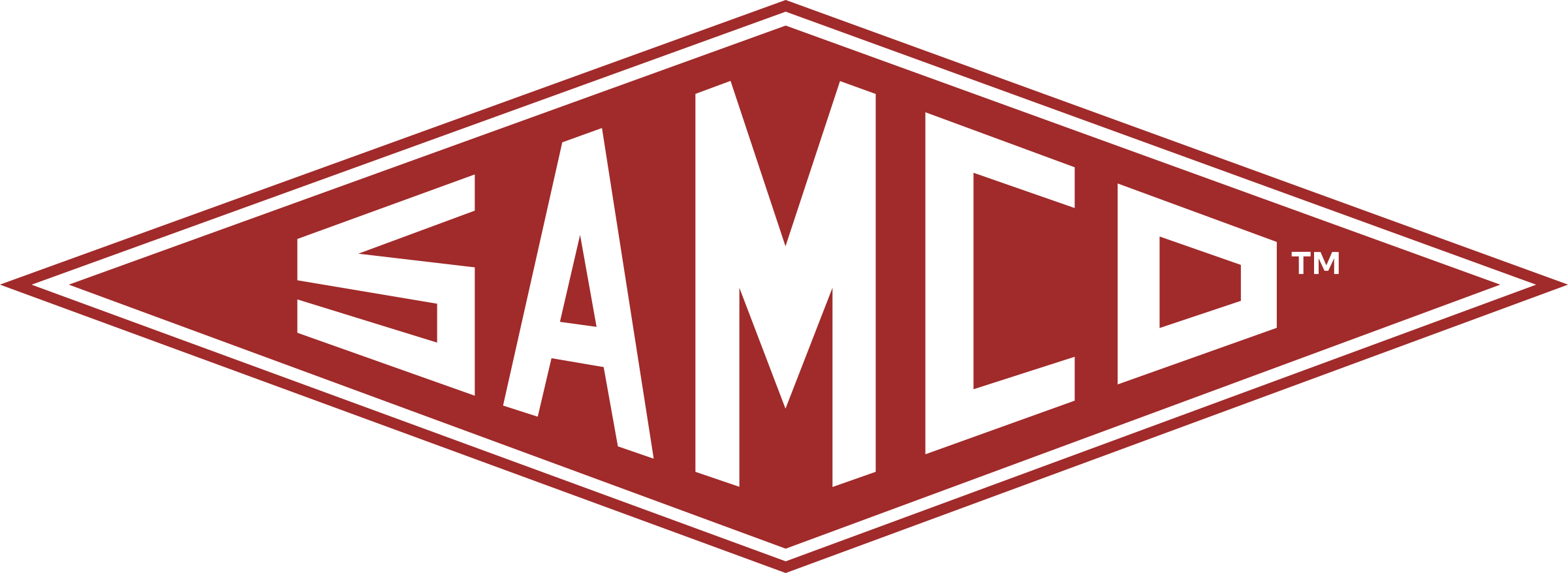
Crankshaft Failure in Reciprocating Compressors
Reciprocating compressors are used in a wide variety of applications, including air conditioning, refrigeration, and gas compression. The crankshaft is a critical component of these compressors, and its failure can lead to significant downtime and repairs. There are a number of reasons why crankshafts fail in reciprocating compressors. Some of the most common causes include:
Fatigue
Fatigue is the most common cause of crankshaft failure. It occurs when a material is subjected to repeated loading and unloading, which causes microscopic cracks to form. These cracks can grow over time, eventually leading to the failure of the crankshaft.
Corrosion
Corrosion can also cause crankshaft failure. It can weaken the material of the crankshaft, making it more susceptible to fatigue. Manufacturing defectsManufacturing defects can also cause crankshaft failure. These defects can include cracks, flaws, or improper heat treatment.
Improper maintenance: Improper maintenance can also lead to crankshaft failure. This includes not following the manufacturer’s recommended lubrication and inspection procedures. There are a number of things that can be done to prevent crankshaft failure in reciprocating compressors. Some of these preventive measures include:
Designing the crankshaft for fatigue resistance
The crankshaft should be designed to withstand the cyclic loading and unloading that it will be subjected to. The crankshaft should be made from high-quality materials that are resistant to fatigue and corrosion. Manufacturing the crankshaft properly: The crankshaft should be manufactured properly, without any cracks or flaws.
Following the manufacturer’s recommended maintenance procedures: The crankshaft should be lubricated and inspected according to the manufacturer’s recommendations. By taking these preventive measures, you can help to reduce the risk of crankshaft failure in your reciprocating compressor.
Here are some additional tips for preventing crankshaft failure:
Monitor the crankshaft for signs of wear and tear. This includes checking for cracks, scoring, and corrosion. Replace the crankshaft with a new or remanufactured one if it is damaged. Do not attempt to repair a damaged crankshaft without consulting specialized professionals.
- Keep the crankshaft lubricated. This will help to reduce friction and wear.
- Inspect the crankshaft regularly. This will help to catch any problems early on before they become major issues.
By following these tips, you can help to extend the life of your crankshaft and prevent costly failures.
